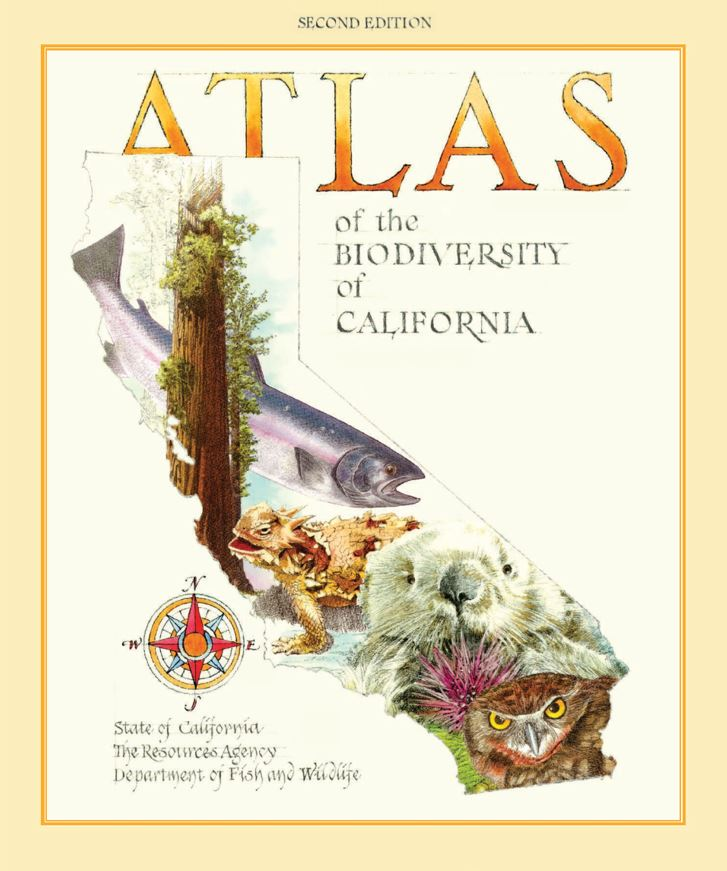Endangered Species from the State of Florida, US. An overview.
- Por Antonio M Perez, PhD

- Aug 27, 2022
- 3 min read
An Endangered Species is a species which has been categorized as likely to become extinct. In 2012, the IUCN Red List featured 3079 animal and 2655 plant species as endangered (EN) worldwide. The figures for 1998 were, respectively, 1102 and 1197.
CITES (the Convention on International Trade in Endangered Species of Wild Fauna and Flora) is an international agreement between governments. Its aim is to ensure that international trade in specimens of wild animals and plants does not threaten their survival. It was drafted as a result of a resolution adopted in 1963 at a meeting of members of the International Union for Conservation of Nature. The convention was opened for signature in 1973 and CITES entered into force on 1 July 1975. Its aim is to ensure that international trade in specimens of wild animals and plants does not threaten the survival of the species in the wild, and it accords varying degrees of protection to more than 35,000 species of animals and plants.
In the State of Florida, 146 species have been reported as endangered in the most recent list issued by Florida Fish and Wildlife Conservation Commission.
In this paper I summarize Endangered species distributed in the State of Florida as well as focusing on the ones used by students over a three-years period of time on the General Biology 1005 Course taught at the Miami Dade College.
As part of our Research we assigned College students to create a species profile on an Endangered Species to determine its level of endangerment, and through it we found out which are the species that students know more in this part of the country.

Fig. - Frequency of Mammal Species chosen by students.
Summary of Our Endangered Species
The summary for the state endangered Species is presented in Table 1. There are 146 species endangered, distributed as follows: 34 invertebrates, 14 fish, six amphibians, 24 reptiles, 36 birds, and 32 Mammals. Endangered species is usually a key component in a Biodiversity Assessment and it´s what most national and international agencies priotize. International Finance Corporation in Performance Standard 6 establishes, as a matter of priority, that the client should seek to avoid impacts on biodiversity and ecosystem services, with a priority on Critically Endangered and Endangered Species.
Table 1.- Endangered Species cited for the State of Florida, United States of America,
according to FWC (2016).

Examples
Some examples of species that not only are endangered but are also endemic to the area are the following. First there is the Anastasia Island Mouse (Fig.), and second the Schaus' swallowtail Butterfly (Fig.). An endemism is a species that have a geographically sometimes very restricted distribution, and the fact of being an endemic species that is besides endangered makes the situation very complicated for that species’ survival and recovery.
Major threats to our Endangered Species:
Some of the most important threats to our endangered species are, invasive species, habitat fragmentation and climate change. “Invasive species are a sinister and significant threat to the biodiversity and ecosystem services of this planet, causing serious harm to human health and development,” said Jane Smart (Director, Biodiversity Conservation Group, IUCN).
According to Florida Fish and Wildlife and Conservation Commission More than 500 fish and wildlife nonnative species, also known as exotic species, have been observed and reported in Florida. One of the problems we have is that some species are sold as pets and later released into the wild, or were introduced for some reason into the country are creating a mess on local ecosystems, devastating crops, an making other ecological damages, as the African Giant snails, or terrorizing local species and people, as the Burmese Python (Fig.).

Fig.- Burmese Python. Photograph courtesy of Mr. Shawn Fouladi. In the picture Shawn is
holding the snake.
Endangered Species are also being highly affected by Climate Change, so we need to urgently design measures to adapt to this increasing threat.
The Endangered Species Project:
In general 79 species have been chosen for the Endangered Species Project over three years, comprising Invertebrates, Fish, Amphibian, Reptiles, Birds, and Mammals (Fig.). Mammals was the group picked in highest frequency by students, which makes sense since is the best known group of animals by most people. The species chosen displaying the highest frequency was the Florida Panther a keystone species and one of the Florida State flagship species, followed by the Green Sea turtle and the Alligator, another very important, and also keystone species.

Fig.- Taxonomic groups chosen by students to conduct projects on. Mammals are highly prefered compared to other groups (47 student chose it), followed by Birds and Reptiles.
References
CITES. (2017). Retrieved 10.08.2017 from https://www.cites.org/
IFC. (2007). Guidance Note 6 Biodiversity Conservation and Sustainable Natural Resource Management. World Bank Group, Washington DC.
IUCN. (2017). Retrieved 10.08.2017 from
FWC. (2016). Florida´s Endangered and Threatened Species. Florida Fish and Wildlife and
Conservation Commission, Florida. 14 p.
FWC. (2017). Retrieved 10.08.2017 from
FWC. (2019). Retrieved 06.04.2019 from
USDA. (N.d.). Retrieved 06.02.2019 from https://www.invasivespeciesinfo.gov/





Comments